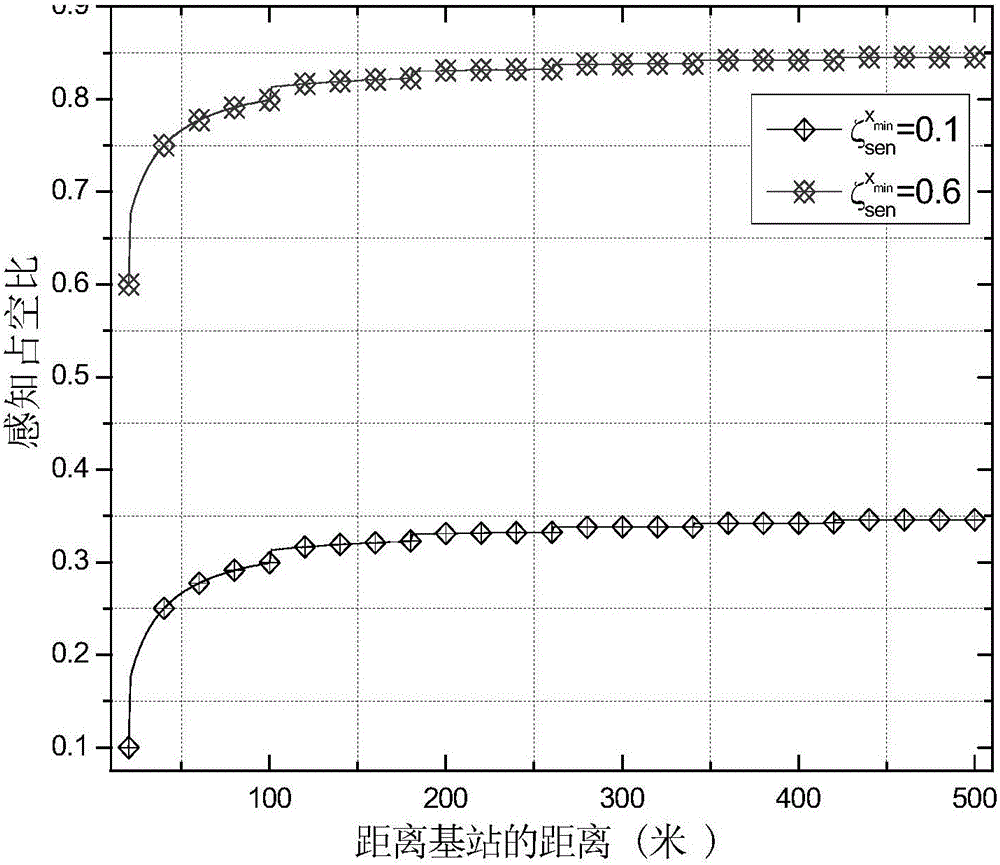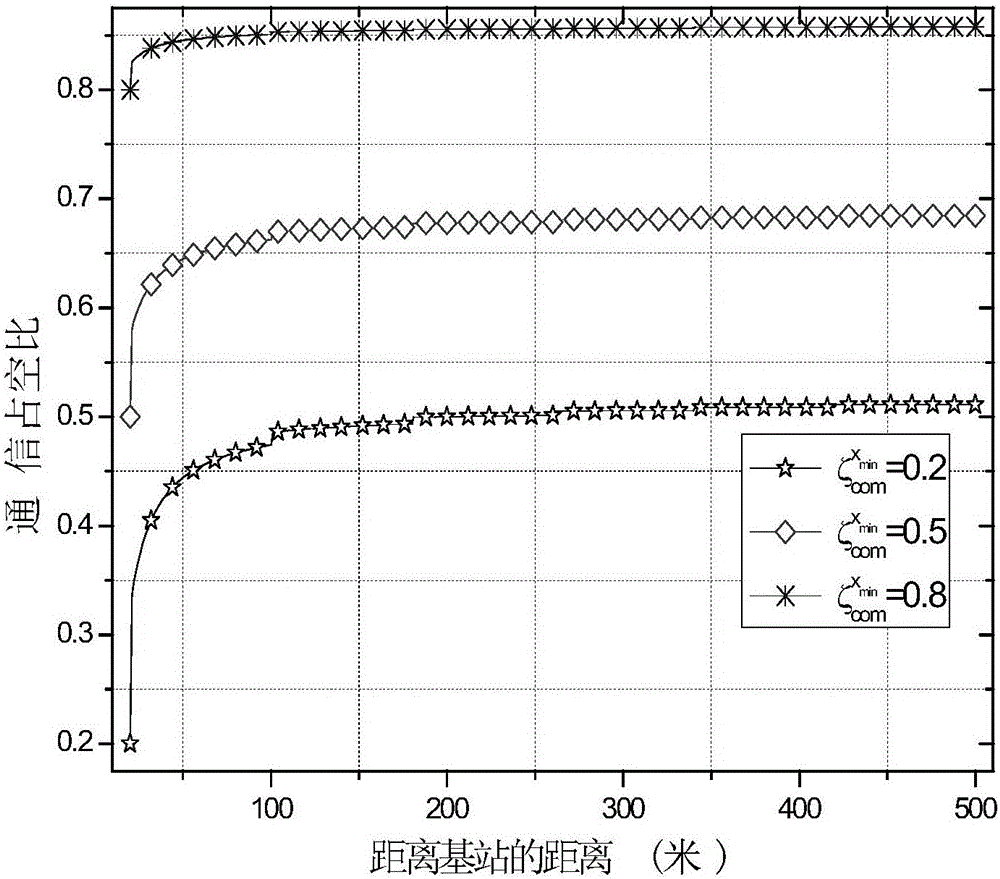Node duty ratio self-adaptive setting method for efficient target monitoring
A technology of duty ratio and node, which is applied in the field of self-adaptive setting of node duty ratio in efficient target monitoring, which can solve the problems that the target cannot be monitored and the time of the second sleep is long, so as to improve the target detection rate and long network life , Improve the effect of detection quality
- Summary
- Abstract
- Description
- Claims
- Application Information
AI Technical Summary
Problems solved by technology
Method used
Image
Examples
Embodiment Construction
[0034] The present invention will be further described below in conjunction with accompanying drawing and embodiment
[0035] A node duty ratio self-adaptive setting method for efficient target monitoring. In a wireless sensor network, the duty ratio of each node is set according to the distance from the base station. The farther the node is from the base station, the node's The greater the sensing duty cycle or communication duty cycle, the closer the node is to the base station, the smaller the sensing duty cycle or communication duty cycle of the node
[0036]On the one hand, the sensing duty cycle selected by the node in the area farther away from the base station is greater than the sensing duty cycle in the existing method. The farther away from the base station, the greater the sensing duty cycle of the node, thereby improving the quality of target monitoring; On the other hand, the remaining energy in the remote base station area is used to increase the communication d...
PUM
 Login to View More
Login to View More Abstract
Description
Claims
Application Information
 Login to View More
Login to View More - R&D
- Intellectual Property
- Life Sciences
- Materials
- Tech Scout
- Unparalleled Data Quality
- Higher Quality Content
- 60% Fewer Hallucinations
Browse by: Latest US Patents, China's latest patents, Technical Efficacy Thesaurus, Application Domain, Technology Topic, Popular Technical Reports.
© 2025 PatSnap. All rights reserved.Legal|Privacy policy|Modern Slavery Act Transparency Statement|Sitemap|About US| Contact US: help@patsnap.com



